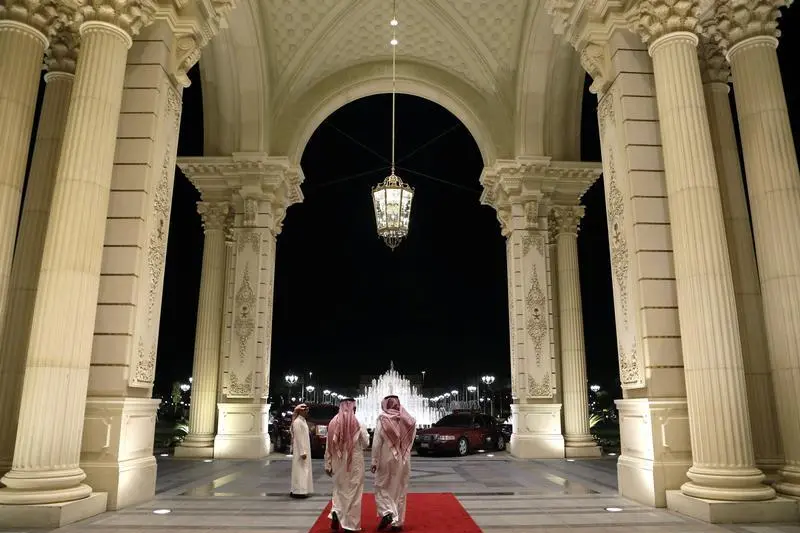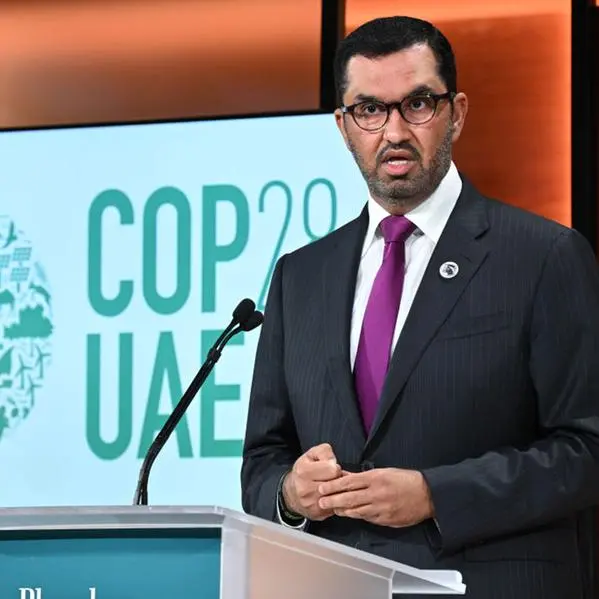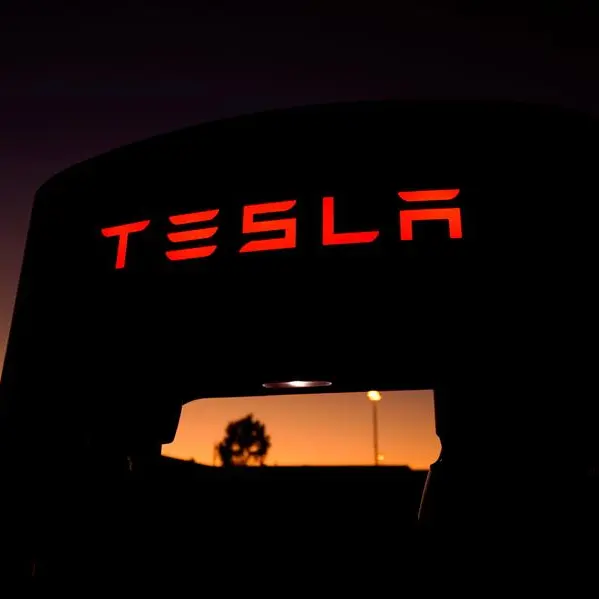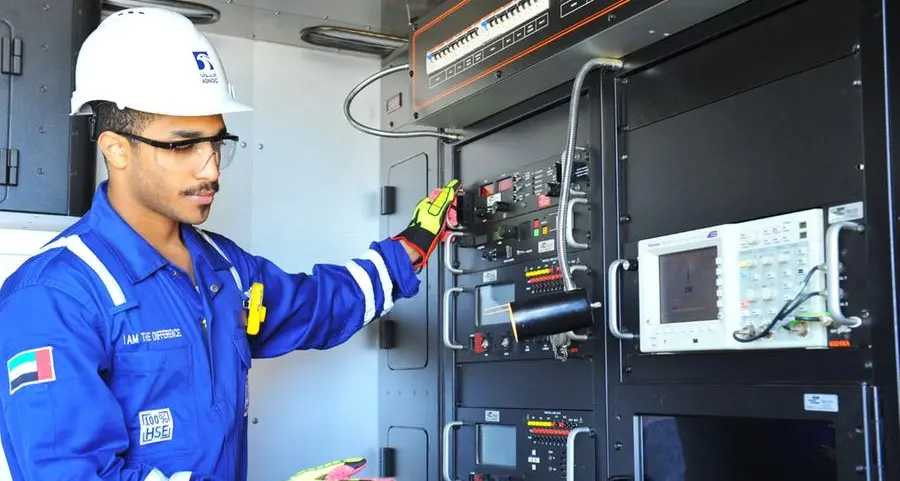PHOTO
As the home of Islams most sacred sites, religious tourism is vitally important to the Kingdom of Saudi Arabias hotel and dining industries, with Ramadan a make-or-break period for these establishments amid stiffening competition for the consumers riyal.
Saudi tourism, despite being largely restricted to religious visitors, has enjoyed a boom decade, aside from a brief dip in 2012-2013 due to visa restrictions. Domestic tourist trips have surged from 30.2 million in 2005 to 51.0 million in 2015, the most recent year for which government data is publicly available. Foreign visitor numbers increased at a faster rate, rising from 8.0 million to 19.0 million over the same period.
These 70 million trips combined generated a record 129 billion riyals ($34.4 billion) in revenue, more than double 2005s 52.2 billion riyals and substantially above the previous peak in 2012 of 101 billion riyals.
Such growth has attracted the major international hotel chains, which have expanded aggressively in the kingdom, especially with Saudi planning to more than double the number of haj and umrah visitors over the next few years.
We see great opportunities to grow our brand portfolio in the country across the luxury, premium and select segments, said Alex Kyriakidis, Middle East and Africa president and managing director at Marriott International, which became the worlds largest hotel company when it bought Starwood last September.
Kyriakidis said Marriott considers Saudi Arabia a tier one market, citing the potential for domestic tourism, increasing foreign visitor arrivals, substantial growth opportunities in the two holy cities of Mecca and Medina, and with tourism a key sector in the governments Vision 2030 development plan.
Marriott has 23 hotels spanning nine different brands in nine Saudi cities and will expand to Unaizah, King Abdullah Economic City, and Jubail within the next three years. It will also introduce Westin and Element to the kingdom.
There is a strong demand for hotel accommodation across the country, said Kyriakidis.
SUPPLY
Meccas under-construction hotel projects are worth $10 billion, according to a U.S. Department of Agriculture (USDA) report written for U.S. companies considering entering Saudi Arabia.
The numbers would suggest that supply slightly outstrips demand, although this is very much driven by political and economic factors, said Christian Pertl, regional vice president for Middle East and Africa at Hyatt Hotels Corp, which operates three hotels in Saudi including the 650-room Hyatt Regency Makkah. While we see a lot of new supply coming into Mecca, we also believe demand will grow because historically there was always a shortage of rooms in the city.
Adding to this supply is the 764-room Hilton Makkah Convention Hotel, which opened in April 2017 and offers views over the grand mosque Masjid al Haram and the Kaaba. It is the first convention centre in Mecca.
Our mission is to become the dominant, upper, upscale choice for the local and international hajj and umrah pilgrims as well as being the preferred venue for government and business organisations, said Mark Allaf, general manager of Hilton Makkah Convention Hotel. We believe we have the chance to reintroduce Mecca from a different perspective. A lot of people see Mecca as a place to do their religious duties and then leave, but its a big city with a lot to offer. Theres museums, heritage sites, safari, a lot of sightseeing. Were trying to reposition this.
Rival Marriott is set to open the 400-room Sheraton Makkah Jabal Al Kaaba Hotel in the third quarter and the 1,000-room Four Points by Sheraton Makkah Al Naseem by year-end. This will add to its current portfolio of five hotels and nearly 2,000 rooms across Mecca and Medina.
The growth of haj pilgrims into the country is creating a demand for more accommodation in Mecca and Medina, said Marriotts Kyriakidis.
Commercial hotel room supply in Mecca increased 22 percent from 2012 to 2016 to reach 28,428 in Ramadan last year, according to data and analytics specialists STR Global. Of these, 54 percent were Luxury and Upper Upscale (Class 1), 24 percent were Upscale and Upper Mid Classes (Class 2) and 23 percent were Midscale and Economy Classes (Class 3).
Jeddahs supply expanded 10 percent over the same period to 7,600 - of these, 48 percent were in Class 1, 38 percent in Class 2 and 15 percent in Class 3 while Riyadhs stock rose 21 percent to 11,060, with a 1-3 class percentage split of 28-60-12.
For Mecca, real estate consultants JLL estimate 75 percent of pilgrims stay in hotels, with the remainder housed in so-called pilgrim accommodation.
Although Mecca has a substantial number of hotel rooms, this supply is insufficient to accommodate all the demand from religious pilgrims, JLL wrote in a December 2016 report. This has resulted in the creation of a unique sector of the market not seen in other major cities in the region. Pilgrim accommodation comprises rooms in hostels, and apartment buildings that are rented to pilgrims seeking lower cost accommodation than recognised hotels.
JLL estimates there are 358,000 rooms available in Mecca's pilgrim accommodation. These mostly open only about 60 days a year.
OCCUPANCY
Hotel occupancy rates have remained steady in Saudis three main tourist cities during Ramadan despite the capacity increases of the past five years Mecca enjoyed 82 percent occupancy during the holy month in 2016, its highest level for at least five years and up from 2012s 75 percent. Jeddahs dipped to 74 percent last year versus 79 percent in Ramadan 2012, while Riyadhs hotels have remained consistent at roughly a third full.
During Ramadan, business travel pretty much comes to a standstill. However, theres a significant increase in demand in Mecca, said Hyatts Pertl. Ramadan is by far the strongest month in the year for hotel operators. Usually the month of Ramadan and the period of haj will decide whether a hotel will meet its annual targets or not.
Ramadan room rates have fallen in Mecca and Riyadh, but increased in Jeddah. Factoring in occupancy with room rates gives a key industry metric, RevPar, or revenue per available room.
Meccas Ramadan RevPar, after a dip in 2013-2014, was $459 in 2016 thats 3 percent up on 2012, STR estimates. Jeddahs RevPar gained 37 percent over the same time frame to reach $234.50 last year, while Riyadh is down 5 percent at $64.
Theres always a few peak periods during the year in Mecca Ramadan, where a lot of people from around the world travel to Mecca, and the haj season where millions of people gather in one place to do their pilgrimage, said Hiltons Allaf, whose firm operates 12 hotels in the kingdom, including four in Mecca, and has a further 34 in development. However, theres steady business related to umrah throughout the year.
RISING PILGRIM NUMBERS
For haj in the hijri year 1437, which corresponds to 2016, Saudi Arabia hosted 537,537 domestic pilgrims and 1.33 million pilgrims from abroad, data from the General Authority for Statistics shows.
Last years total 1.86 million was the lowest in at least 10 years and was down 41 percent from 2012s 3.16 million as the government restricted visa numbers due to construction work at Masjid Al Haram and a spat with Iran keeping away around 60,000 pilgrims from the Islamic Republic.
In the nine Islamic months corresponding to mid-November 2015 to early August 2016, 6.15 million people visited Saudi Arabia to perform umrah, official data shows.
The government aims to increase this to more than 15 million by 2020 through increasing the capacity and quality of the services, according to an official report that states 12.7 million Saudi residents also performed umrah in the Islamic year 1437.
From 2014-2025, the overall number of visitors to Mecca is projected to grow by a CAGR of 4 percent to reach 16 million a year and visitors to Medina will hit 9 million a year after expanding at a CAGR of 3 percent over the same period, forecasts Al Jazira Capital.
Such expectations help explain Meccas hotel construction boom. Among the many projects, Jabal Omars 38 towers could add 13,500 rooms, while Jabal Al Kabbah will provide another 7,000, according to JLL. Abraj Kudia will become the worlds biggest hotel on completion slated for 2019 - with 10,000 keys.
DINING SECTOR
High levels of disposable income and few alternative leisure options have made dining out the top entertainment choice for much of Saudis population, according to Euromonitor International, which predicts the kingdoms foodservice market will grow 7 percent in 2017 to generate 77.5 billion riyals in sales.
[The] casual dining trend has really picked up in Saudi in the last decade, said Mohammed Kamran Khan, vice-president of marketing at Tarfeeh, a SEDCO Holding company that operates the Saudi franchises of multiple international restaurants including Applebee's, Ocean Basket, Romano's Macaroni Grill, and China Gate.
Although a month of daytime fasting, Ramadan is also big business for Saudis eateries.
Ramadan is like a month-long festive season where people not only observe religious duties but also use the opportunity for meeting families and friends to get together over iftar or suhoor, said Khan, who predicts the recent reinstatement of civil servants benefits will boost the dining sector.
During Ramadan, restaurants open from sunset to around 3am, enabling outlets to generate decent revenues, said Khan who estimates sales in the first two weeks of the holy month fall 20-30 percent because people tend to eat at home.
The last two weeks, sales pick up, said Khan. The two Eids are the highest season for casual dining restaurants because of festive activities and also long holidays for private and government sectors.
Saudi Arabias restaurants and cafes will likely generate revenues of more than $20 billion by 2020, up from $12.1 billion in 2012, the USDA forecasts.
Religious festivals increase monthly sales by around 20 percent, said Diana Jarmalaite, a Euromonitor International research analyst.
In many cases the religious festivals in Saudi Arabia have positive effect on consumer foodservice market, she added. For Ramadan, restaurants usually set up an open buffet or a set menu for iftar and suhoor where the average transaction is a lot higher.
Salaam Gateway 2017












